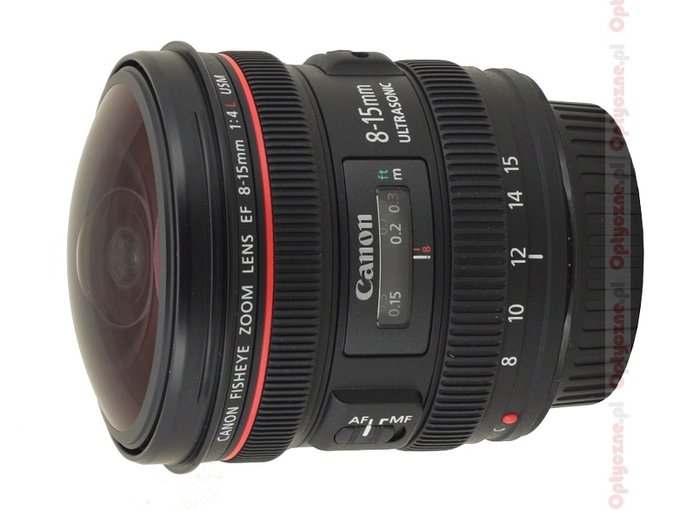Canon EF 8-15 mm f/4 L Fisheye USM
1. Introduction
In thumbnails, presented below, you can see what images this lens can give you at particular focal lengths, working on a full frame sensor and an APS-C one.
| EOS 1Ds MkIII | EOS 50D |
| 8 mm | 8 mm |
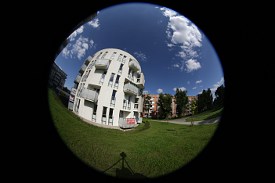
|

|
| 9 mm | 9 mm |
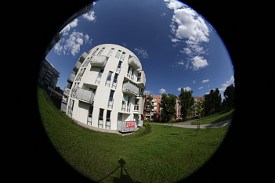
|

|
| 10 mm | 10 mm |
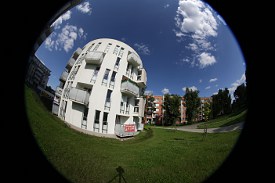
|

|
| 11 mm | 11 mm |
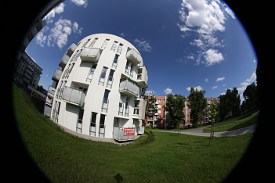
|

|
| 12 mm | 12 mm |

|

|
| 13 mm | 13 mm |

|

|
| 14 mm | 14 mm |

|

|
| 15 mm | 15 mm |

|

|
Please Support UsIf you enjoy our reviews and articles, and you want us to continue our work please, support our website by donating through PayPal. The funds are going to be used for paying our editorial team, renting servers, and equipping our testing studio; only that way we will be able to continue providing you interesting content for free. |
- - - - - - - - - - - - - - - - - - - - - - - - - - - - - - - - - - - - - - - - - - - - - - - -
These thumbnails make you realize what fields of view you can get at different focal lengths. As there are no problems with determining the size of a full frame field of view, as almost at all focal lengths you get dark corners so the field of view amounts to 180 degrees, the question about the field of view you can get on a smaller APS-C type sensor is far more interesting. We decided to measure it and determine what is the projection of the tested lens. On the one hand we know at what focal length the lens has diagonal field of view of 180 degrees. The “C” mark on the casing shows us that you can get such a field close to 10 mm. Additionally, we measured a field of view at 15 mm. In its case the result reached 99.5 degrees with the margin of error on the level of 0.3 of a degree. Now, let’s have a glance at the graph below.
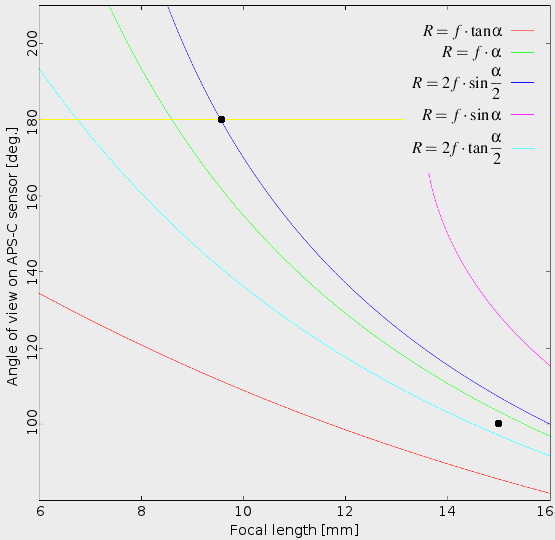
The yellow line indicates the field of view’s level of 180 degrees, reached on an APS-C sensor. The red line shows a relationship between a field of view and a focal length for the same detector, assuming we deal with rectilinear projection. Other four curves represent relationships of different types of projections which are used in fisheye lenses. As you can notice we have here two curves which may fit our points (black dots): equidistant projection is marked by a green line, equal area projection is shown as blue line.
We must mention here that the Canon construction, although undoubtedly very interesting, is hardly the first fisheye- type zoom instrument. Currently on the market there is a 10-17 mm lens available, designed for smaller sensors, produced under brand names of Tokina, Schneider-Kreuznach and Pentax) which, at 10 mm, is a diagonal fisheye. Even earlier Pentax had the Pentax smc F 17–28 mm f/3.5–4.5 Fish Eye in its line-up which, at the shortest focal length and on full frame, was a diagonal fisheye.
We would like to thank the Canon Poland company for lending us the lens for testing purposes.
You are also invited to get acquainted with our test procedure, described in the article "How do we test lenses?" If you feel it’s still not enough, please go to our FAQ section where you can find some further explanation.
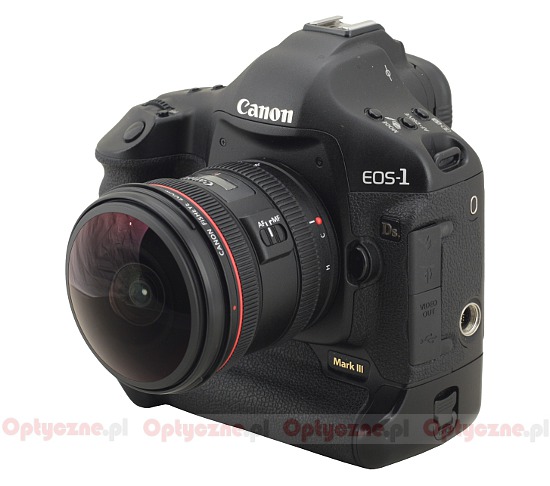 |




